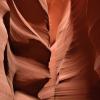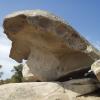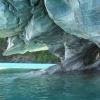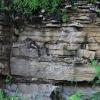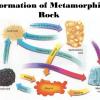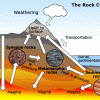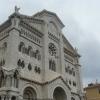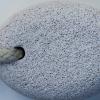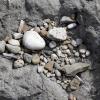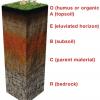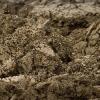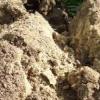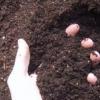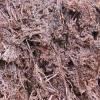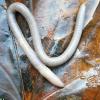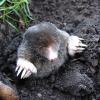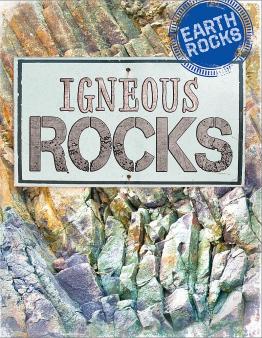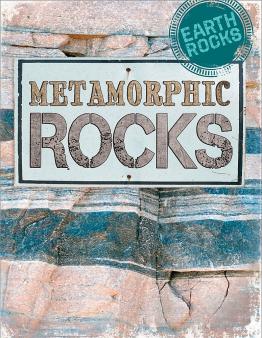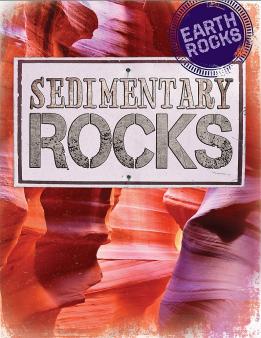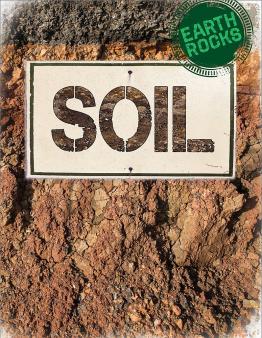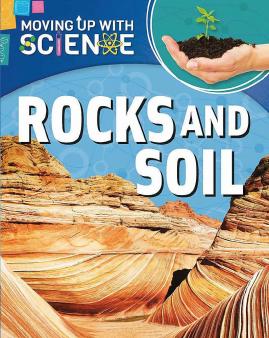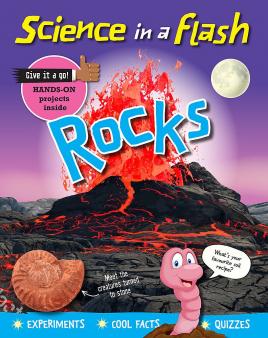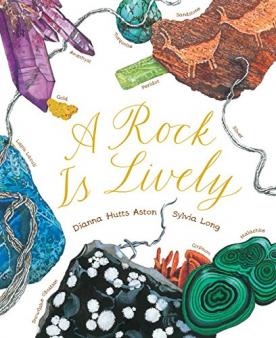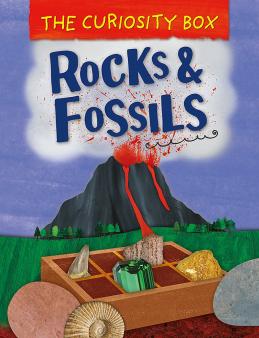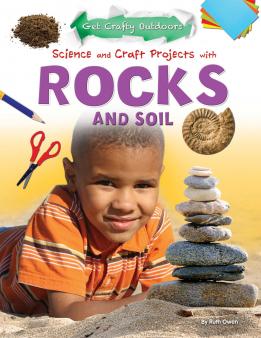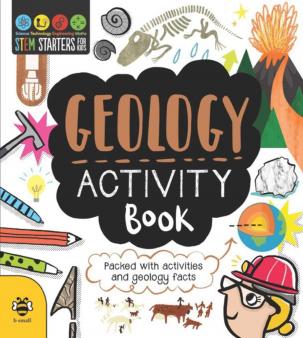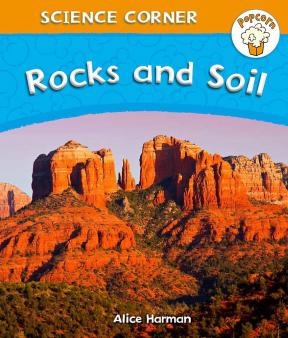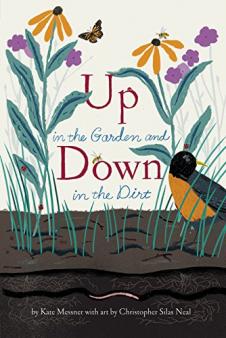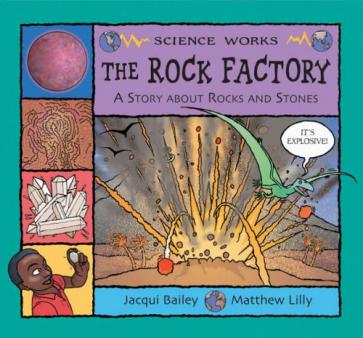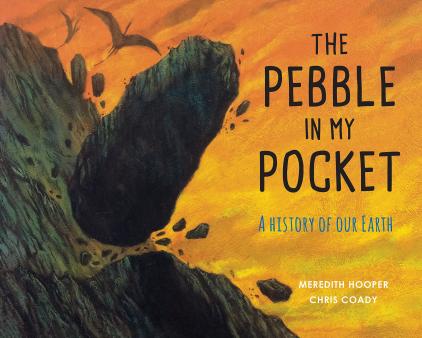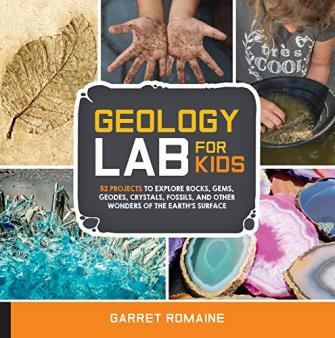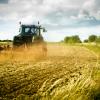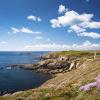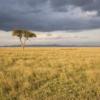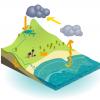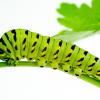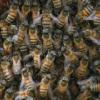Rocks and soil
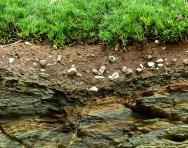
What are rocks and soil?
Rocks are made of one or more minerals. There are three main classifications of rock, based on the way the rock was formed: sedimentary, metamorphic and igneous.
Soil is formed of fine rock particles mixed with air, water and particles from dead plant and animal matter. There are three main types of soil which are classified according to the amount of sand and clay in them.
Top 10 facts
- Most of our planet is made of rocks (which are made of minerals; minerals are made of elements).
- Rocks and minerals are not the same thing. Minerals are made of a precise mix of chemical ‘elements’ which are organised in a very specific way, while rocks are made up of the small particles of one or more mineral. The minerals are the ‘ingredients’ of the rock.
- The oldest rocks ever to be found were formed about 4 billion years ago – only two pieces of rock this old have ever been found.
- Soil is vital to life on Earth because plants can't grow without the water and nutrients it contains, and animals can't survive without plants.
- Soil forms less than 10% of land. All our food needs to grow on this. It is also not renewable, so we need to look after it. Soil can be damaged by erosion or pollution. Soil can be looked after by protecting it against these two things.
- It takes over 500 years for just 2cm of topsoil to form.
- There are approximately 10,000 different types of soil found in Europe.
- The number of micro-organisms found in a cup of soil is greater than the number of people on Earth.
- Some of our soil has in it the dusty remains of stars that have been pulled to Earth by gravity or another force.
- Soil can filter and purify water (don’t try this at home, though!).
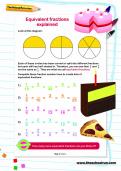

Boost Your Child's Skills!
- Start your child on a tailored learning plan
- Complete the activities added each week
- Watch your child's maths & English confidence grow!
Did you know?
- Meteorites are rocks that have landed on Earth from space – they were not formed on the Earth. This means, for example, that scientists have been able to study rocks from Mars without ever going there. When meteors land on Earth they usually leave a big hole, or crater, where they hit the ground.
- The chalks that you draw and write with are made from limestone.
- The largest meteorite ever discovered weighed 66 tonnes. It was named Hoba after the farm in Africa that it was found on.
- Pumice rock is so full of air that it floats.
- If lightning hits a beach it can make the sand reach such a high temperature that it melts to form fulgurite, which is a glassy rock.
- Obsidian is an igneous rock that is sometimes referred to as natural glass. It is so sharp that it is used by surgeons in surgical scalpels. It is also often used, when polished, in jewellery. Most gemstones that are used in jewellery are minerals rather than rocks.
- Sandy soil has anything from 80-100% sand in it while clay soil is anything from 50-100% clay. Loam soils can have between 10-30% of clay and between 25-50% of sand. Loam soils also contain anything from 30-50% of silt. There are lots of variations of these soil types
- Peat is a type of soil that forms in waterlogged areas from partly decayed plants. Peat helps scientists to find out about living things from a long time ago as it preserves plants and animals very well. It takes a very long time to form (about 1mm per year) and so it a precious resource.
Look through the gallery below and see if you can spot the following:
- Sandstone (sedimentary rock)
- Granite (igneous rock)
- Marble (metamorphic rock)
- Sedimentary rock
- Formation of metamorphic rock
- The rock cycle
- A church made from limestone
- Plates made from clay
- Pumice
- Rock collection
- Soil profile
- Clay soil
- Sandy soil
- Loam soil
- Peat
- Earthworm
- Mole
Gallery
About
Rock can be hard or soft and can be porous (has space for water to get in) or non-porous (doesn’t have any spaces in it to let water in). We say that a rock is permeable if it lets water in easily, or impermeable if it doesn’t let water in at all.
Some rocks, like obsidian, are made from just one mineral. Other rocks are made from two or more minerals – for example, granite is made from feldspar, mica and quartz. Common minerals that form rocks include: feldspars, mica, quartz, calcite, dolomite, amphiboles, pyroxene and olivine.
Rocks are used for a range of purposes depending on their properties. For example, granite is very hard and impermeable, so it is often used as a building material; while chalk is a rock that wears down easily and so is used to write and draw with. Clay is used to make things like pottery and crockery because it is malleable – we can mould it.
Sedimentary rocks are formed when small particles of mineral are washed down river and are crushed and squashed at the bottom of a lake or sea while more ‘sediment’ is washed on top. This happens over millions of years. These rocks build up in layers and often have the remains of living creatures and plants fossilised within them. Examples of sedimentary rocks include sandstone, chalk, limestone and shale. Sedimentary rocks are porous and can easily be weathered or worn down.
Igneous rocks are formed from magma which is a hot, liquid found inside the earth. This either cools and forms rocks under the earth’s surface, or flows out of erupting volcanoes as lava and may mix with other minerals. It cools it forms new rocks. Igneous rocks include granite, pumice and obsidian (often called nature’s glass). Some igneous rocks are non-porous and impervious (like granite) because the particles that make it are so tightly packed together.
Metamorphic rocks are formed when rocks become warm enough to bend or mould but not hot enough to turn into a liquid. Marble is a metamorphic rock formed when limestone becomes heated and squashed. Slate is also metamorphic and is formed from shale. Metamorphic rocks can sometimes form interesting shapes depending on how they have been ‘moulded’.
Rocks are weathered physically (by sun or heat and cold), biologically (by animals and plants) and chemically (by rain that contains chemicals that break the rocks down).
Erosion is the movement of rock fragments after weathering. Once rock has been eroded it gets washed away and may start to reform new sedimentary rocks. These sedimentary rocks can be change into metamorphic or igneous rocks after a long time, before the process of weathering starts again. This is called the rock cycle.
The type of soil found in any specific area is determined by the types of rock found in that region. The soil is a combination of a range of ingredients that include fine ground up pieces of rock; particles from dead plants and animals; air and soil. It is the amounts of each, in combination with the rock type and proportions of sand and clay that determines which soil type it is. There are three main categories of soil: sandy, clay or loam. Sandy soil is a dry soil with lots of air in it. Clay soil is sticky and doesn’t have much air in it. It tends to hold a lot of water. Loam soil is somewhere between clay and sand and so holds a bit of water, but not too much, and has a fair bit of air in it. Loam soil is generally the best type of soil for growing plants in.
Soil is also layered. If you dig right down you might go through six different layers, the last of which would be rock (often called bedrock). The first layer (O) is mainly organic matter – dead and decaying bits of plant and animal, while the second layer (A) is the topsoil. Topsoil is the part that we dig into in order to plant things. The eluviated layer (E) comes next (although this is not always there) and is quite sandy and clay filled. Then we find subsoil (B) and parent material (C), before hitting the bedrock (R). A soil sample that shows all of these layers (known as horizons) is called a soil profile.
Plants generally need soil to help them grow as it provides them with nutrients, air and water, as well as something the plants can anchor their roots into. The type of soil found in an area will determine which plants will grow naturally and thrive and those that won’t. Specific plants will grow best in specific soil – for example yukka plants like clay soils while lavender likes sandy soils. Most plants will grow well in a loam soil.
Soils also provide a home (or habitat) for a range of creatures. Earthworms and many bugs live in the soil while rabbits and moles, for example, dig their homes underground in the soil. Earthworms are important in the maintenance of soil as they aerate it (add air to it).
Words to know:
Bedrock: the solid rock that is found once you have dug through all the layers of soil.
Clay soil: soil that has a high proportion of clay.
Horizon: a layer of soil in a soil profile.
Igneous: a rock formed from magma either inside the Earth or on the surface.
Impermeable: cannot easily let water in.
Loam soil: a soil which is a fairly even mixture of sand, clay and silt.
Magma: liquid rock that is very hot.
Mineral: of a precise mix of chemical ‘elements’ which are organised in a very specific way.
Metamorphic: a rock formed when existing rock is changed through heat and pressure.
Non-porous: something that doesn’t have any gaps in it that water can get in to.
Organic material: dead or decaying matter found at the top of soil. This lies just on top of the topsoil.
Parent material: the broken rock from which a soil is formed. It is found at the bottom of a soil profile.
Peat: a dark soil that is mainly made from partly decayed plant material.
Permeable: can easily let water in
Porous: something that has gaps in it that water can get in to.
Rock: a solid formed of the particles of one or more minerals.
Rock cycle: the movement and recycling of rocks by nature. Rocks change from one type to another during this process.
Sandy soil: soil that has a high proportion of sand.
Sedimentary rock: rock formed when layers of mineral particles are squashed together
Silt: fine rock particles that are not as fine as clay, but not as coarse as sand.
Soil profile: the various layers if soil from organic matter on top to the bedrock at the bottom.
Topsoil: the first proper layer or horizon of soil which is found when you dig into soil.
Related Videos
Just for fun...
- Watch BBC Bitesize animations about soil and rocks, then take quizzes to show what you've learned
- Can you complete this rock cycle?
- Can you complete an interactive rock cycle?
- Visit a virtual quarry and examine rocks under a virtual microscope
- Go on a Soil Safari
- Complete a rocks and minerals quiz
- Explore soil with lots of interactive activities
Best books about rocks and soil for children
Find out more
- See an interactive rock cycle guide
- If rocks could talk, find out what they might tell you!
- Start your own rock collection
- Learn more about the rock cycle
- Watch kids' videos on rocks and minerals and rock layers
- Download a rock cycle factsheet
- Learn more about soil
- Discover the pros and cons of soil types for gardening
- Rockwatch is the nationwide club for young geologists and they offer great resources for kids
- Complete TheSchoolRun worksheets on rocks: All about rocks, Rocks and soil facts, Investigate rock properties, Rocks and soils matching pairs.
See for yourself
- Take a closer look at igneous, metamorphic and sedimentary rocks
- Listen to a Geology Rocks podcast
- Visit a museum with rock collections
- Test your knowledge of the rock cycle and rock properties with some printable quizzes (you can download the answers, too)
- Try to identify the soil type in your local area
- Plant seeds in different types of soil to see how well they grow
- Create your own soil profile
Also see

Give your child a headstart
- FREE articles & expert information
- FREE resources & activities
- FREE homework help
